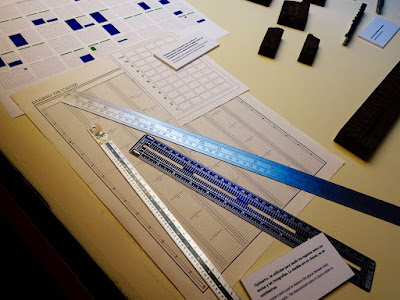A Funchal, Madeira, port cam captures Veendam before she crosses the Atlantic. Thanks to Richard, my friend in Australia, for the shot.
Since last here, a statue of Ronaldo has appeared on the waterfront. Knowing little about European football, can’t say he ranks high on the list of those I’d like to meet, but I’m doubtless in a minority, at least here where he was born.
I enjoy Funchal. At a sidewalk cafe I know, a final European coffee and then a stroll on dry land, rather than the ship’s rolling deck. This is a wonderful place for photography.
Marilyn on a fairground ride.
Street art.
At the 1940 market - another of those ponderous deco-ish buildings from the era of Portuguese fascism - there are, however, impressive tiles.
The young vendor with a cigarette …
… and woman looking at birds always make me smile.
Inside, I pass a few minutes watching a fishmonger expertly prepare his stock.
Outside, a card game that’s been here every time I’ve visited.
Back on board, I go to the stern. There’s Norwegian Spirit, about to depart for Malaga, Spain, where we were so many weeks ago. In the time since, we have been to very near the eastern end of the Mediterranean and now back out into the Atlantic.
At the dockside, people look at Veendam. Some almost seem to have that schoolboy longing I remember from my Vancouver childhood. I can so clearly recall watching ships preparing to cast off and desperately wanting to be on them. Now, I am old and it’s time for a shower.
Before dinner, a last look at Funchal.
By the time dessert and coffee are served, we’re on our way and city lights far in the distance. Nine days until we reach the States.
=======================================================
Link to previous post on Funchal:



















































